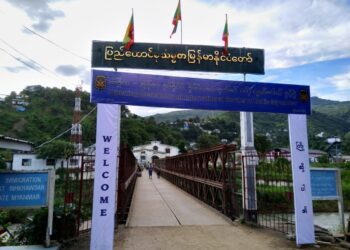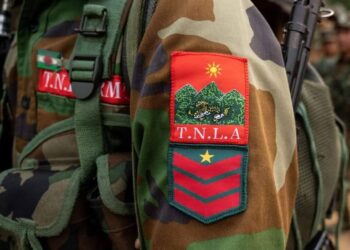Another factor holding back the momentum of the revolution is the military council’s inhumane military service law. The military council enacted the law in February and used it as a legal conscription law. In the early months, soldiers were recruited legally, but later, forced conscription was introduced, and now it is up to 6 times a week. Even at a rate of 5,000 people per week, it has so far gained at least 20,000 troops. Using these new recruits, the military council is replenishing its depleted forces and facing the offensive of the revolutionary groups. The revolutionary groups are starting to feel the effects of the law.
For example, the TLNA has been attacking the military council’s artillery positions in the Taung Kham region for almost three months, but has not been able to capture them. The artillery positions are being constantly reinforced from the Shan mountains, making it difficult to completely capture them. In Karenni State, the military council launched a counterattack with thousands of troops, forcing the rebels to retreat from Loikaw. Even in the battle for Pin Le Bu in Sagaing Division, the military council was able to capture the city because it surrounded and blockaded the reinforcements. However, it took more than two months to capture the city. With the military council able to send reinforcements, the battles in each region have become more difficult for the rebels. And that’s not to mention the military council’s extensive use of air support. In the long run, it could become even more difficult.





